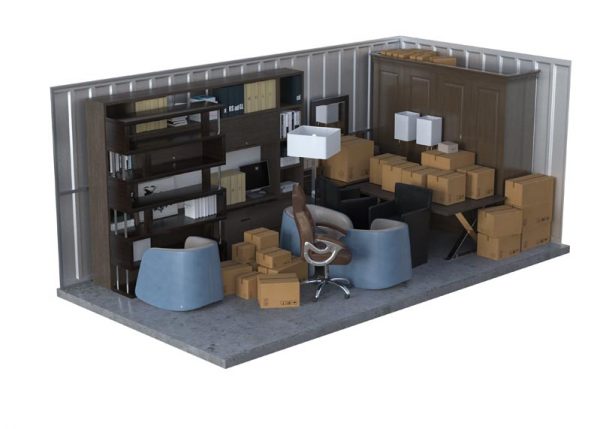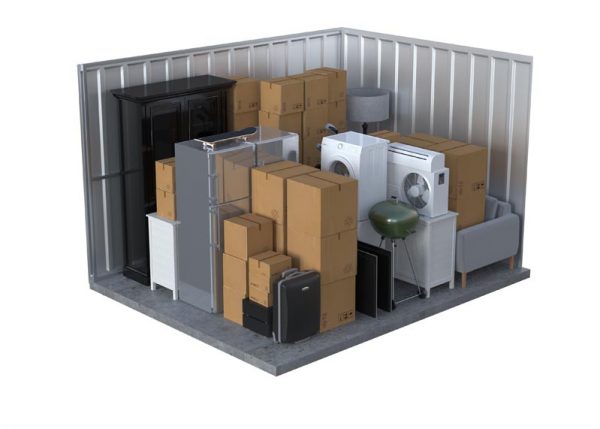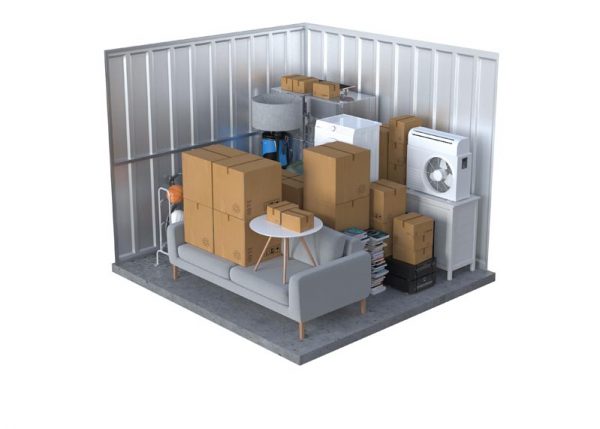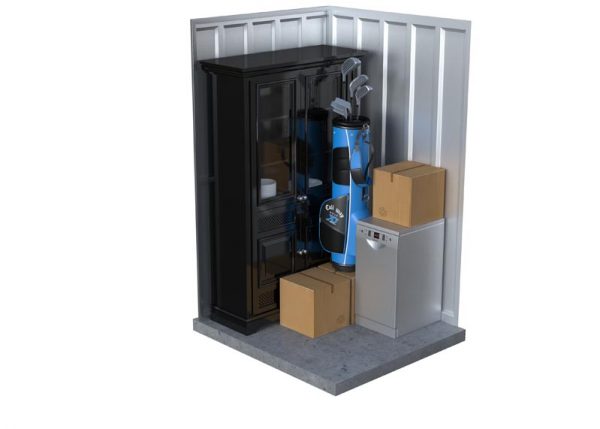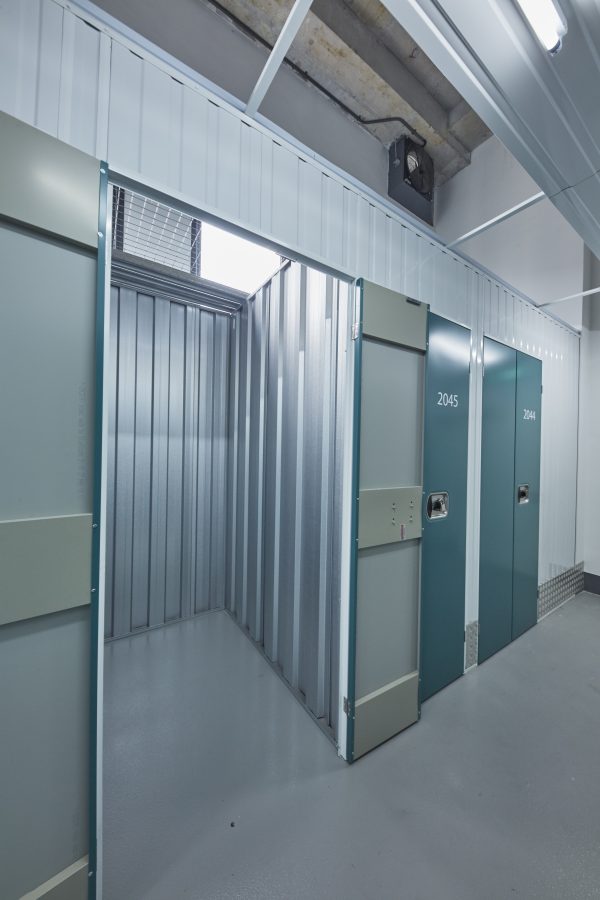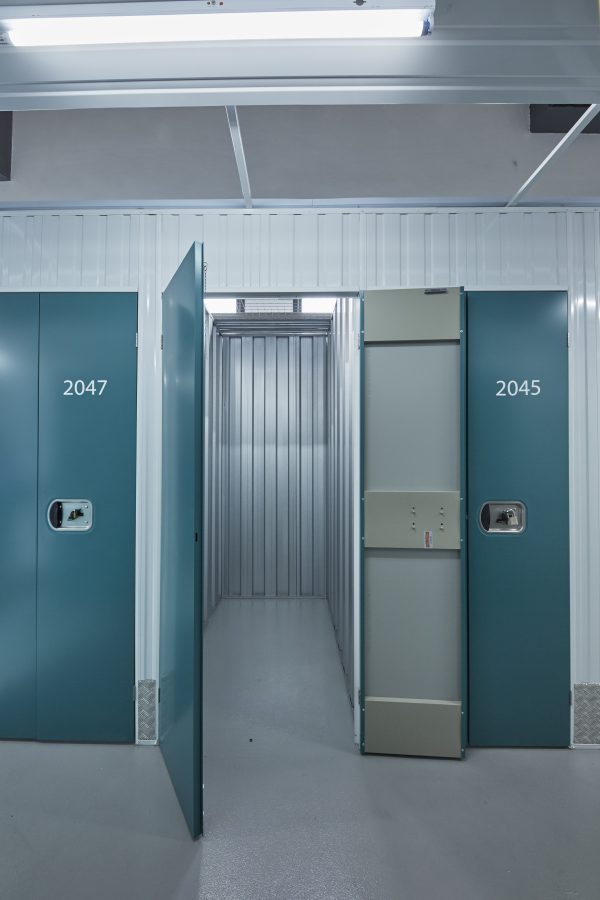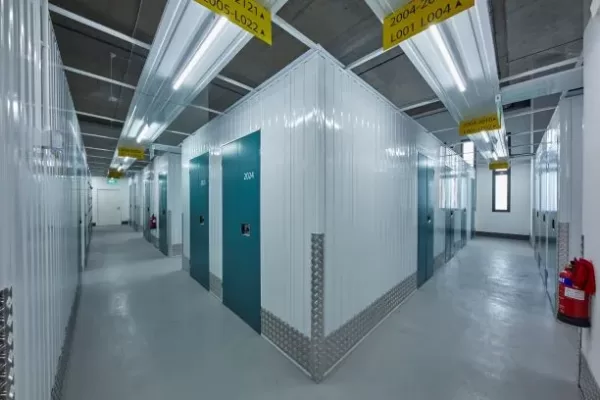Storage Space Singapore
Sembawang Storage and Yishun Storage Solutions.
Store-Y is a brand new Singapore storage facility perfectly situated to store goods, offering affordable, convenient, and secure self storage solutions in Sembawang. Moreover, at our Store-Y Self Storage Singapore facility, we aim to provide affordable, secure, and easily accessible Yishun and Sembawang storage units for your personal and business storage needs – we have a solution for you. As a result, our Yishun storage and Sembawang storage units are housed in a brand new development, with round-the-clock security for peace of mind. For self storage facilities that can help businesses and personal consumers alike – get in touch with Store Y today.
Whether you’re moving to a new home, decluttering your space, or simply requiring additional storage space, we have the right space for you.
Maximising Storage Space Efficiency for Easy Organisation
With our flexible storage options, you can store your items with confidence, knowing that they will be well-organised and easily accessible within your allocated self storage, no matter how much space you require. Consequently, at Store-Y, we provide 24/7 access to your storage unit, which allows you to retrieve or store your belongings whenever it’s convenient for you.
We also offer a range of packing and moving supplies, including sturdy boxes, packing materials, and moving equipment. When you visit our storage facility, you’ll be impressed by the cleanliness and organisation of our site.
Storage Space Sembawang and Yishun.
Personal Storage
There are a multitude of reasons why you may need self storage Sembawang or Self Storage Yishun, from moving home to relocating overseas or simply decluttering your home to create a more tranquil living space. Store-Y Sembawang and Yishun provides you with that extra space to store your belongings, at an affordable price.

Business Storage
Our Singapore Self Storage facility is built with commercial businesses in mind. If you are looking for a flexible and affordable commercial storage solution for your equipment or stock in Sembawang or Yishun, we have got you covered. We offer a variety of Yishun and Sembawang self storage sizes to cater to different business needs.

Start storing in 4 easy steps!
Discover how convenient and affordable Sembawang and Yishun storage spaces really are!
Determining the Right Storage Space for You
If you’re wondering how much storage space you’ll require, our knowledgeable staff is here to assist you with the right service. First, you can provide the details of your items to us and we can help you determine the appropriate storage unit size that will fulfil your needs. Our goal is to ensure that you have enough space to accommodate your belongings without paying more than you require.
Extensive Range of Storage Space for Every Requirement
At Store-Y, we understand the importance of having enough space to store your goods. Our storage units come in various sizes, ensuring that you can find the perfect self storage for your specific needs. Whether you need a small unit to store a few boxes or a larger space to store furniture and appliances, we have the right storage solution for you. Additionally, no matter how much space you require, our diverse range of storage units will cater to your needs and provide the ideal storage space to keep your belongings safe and organised.
Prioritising the Security of Your Belongings
At Store-Y, the security of your belongings is our top priority. Our facility has advanced security features, including 24/7 video surveillance, access control systems, and secure locks on each storage unit. As a result, you can have peace of mind knowing that your items are in a safe and secure self storage, no matter how much space you require.
Discover the convenience and flexibility of storing your goods with Store-Y. Whether you need short-term or long-term storage, we have the ideal solution to meet your requirements, no matter how much space you need. Moreover, our clean, well-maintained facility combined with our exceptional customer service makes us the top choice for all your needs.
